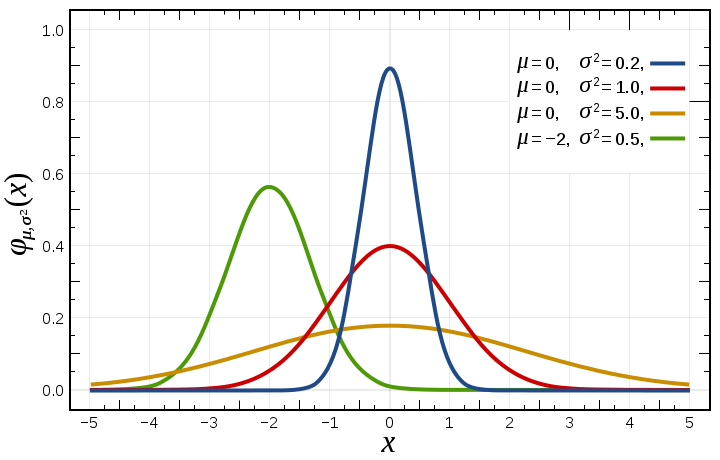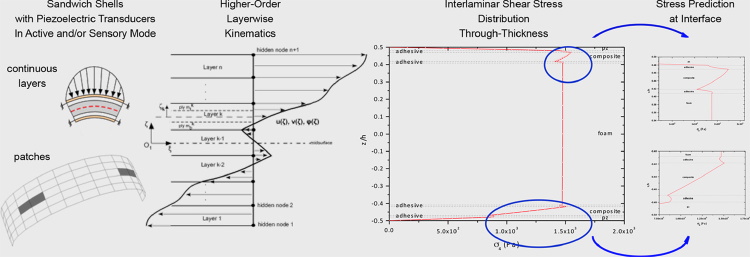Probability and Statistics
Gauss introduced what is now known as the Gaussian distribution: he showed how probability can be represented by a bell-shaped curve, with peaks around the mean when falls off quickly towards plus or minus infinity.

He also created the Gaussian function: a function of the form
for arbitrary real constants a, b and c.
Modular Arithmetic
The modern approach to modular arithmetic was developed by Gauss in his book Disquisitiones Arithmeticae, published in 1801. This now has application in number theory, abstract algebra, computer science, cryptography, and even in visual and musical art.
Surveying
Whilst doing a surveying job for the Royal House of Hanover in the years after 1818, Gauss was also looking into the shape of the Earth and started to question what the shape of space itself was. This led him to question Euclidean geometry – one of the central tenets of the whole mathematics, which premised a flat universe, rather than a curved one. He later claimed that as early as 1800 he had already started to consider types of non-Euclidean geometry (where the parallel axiom does not hold), which were consistent and free of contradiction. However, to avoid controversy, he did not publish anything in this area and left the field open to Bolyai and Lobachevsky, although he is still considered by some to be the pioneer of non-Euclidean geometry.
This survey work also fuelled Gauss’ interest in differential geometry, which uses differential calculus to study problems in geometry involving curves and surfaces. He developed what has become known as Gaussian curvature. This is an intrinsic measure of curvature that depends only on how distances are measured on the surface, not on the way it is embedded in space.

His achievements during these years, however, was not only limited to pure mathematics. He invented the heliotrope, which is an instrument that uses a mirror to reflect sunlight over great distances to mark positions in a land survey.

All in all, this period of time was one of the most fruitful periods of his academic life; he published over 70 papers between 1820 and 1830.
In later years, he worked with Wilhelm Weber to make measurements of the Earth’s magnetic field, and invented the first electric telegraph.
Read part 1 here and part 2 here.
Let me know what you think of this new series! M x



